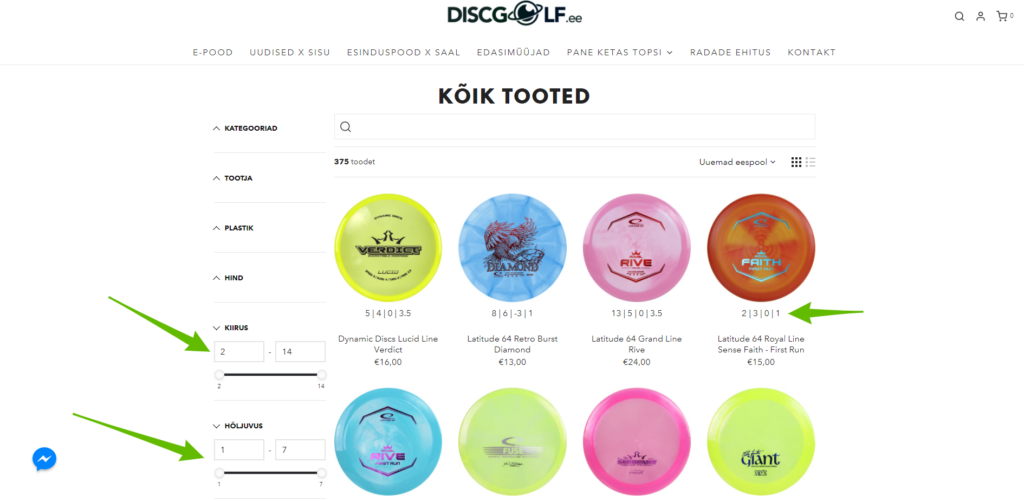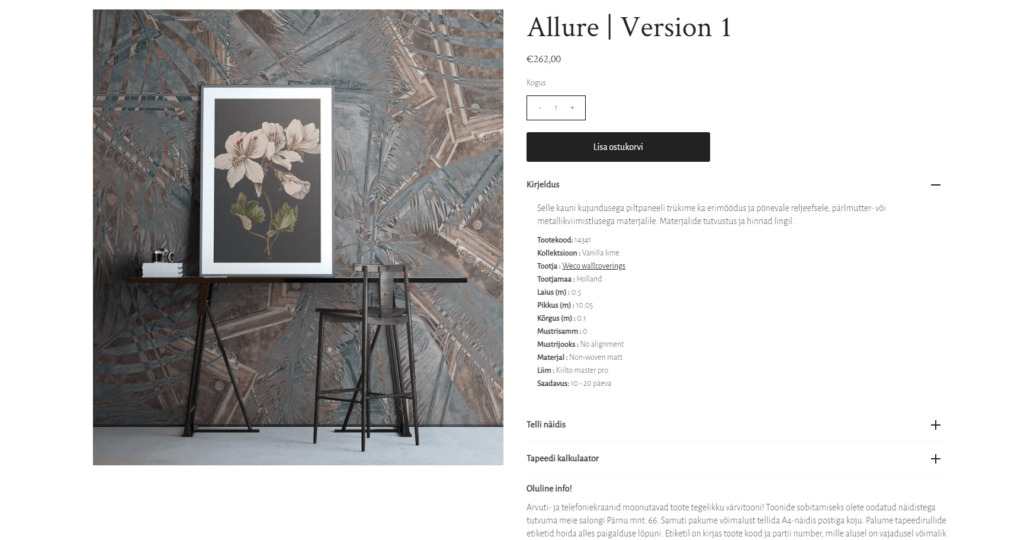
At Shopify Unite 2021, which took place at the end of June, Shopify introduced a number of exciting updates that will be added to the e-commerce platform during 2021.
Let’s take a look at the first major change and see how this makes merchants, e-store managers, developer lives easier on the Shopify platform. The Shopify community has been waiting for this kind of update for years.
From August 2021, Shopify e-store administrator will be able to manage the additional attributes of their products, ie metafields. All administration can be done in the Shopify admin environment and without any additional apps.
What is a metafield in Shopify?
Metafield is an extra data field in Shopify which is not included in the default Shopify installation after you create a new store. For example, an additional product field where the admin could add a delivery time for a specific product. Such values are called differently in different e-shop softwares, such as attributes, parameters, or just values.
In some other e-commerce platforms administrators are able to manage this kind of attributes immediately. In the case of Shopify, in order to simplify the admin environment, it was originally chosen that these values can only be seen through Shopify API. Due to this, the Shopify community has been confused about the nature of the metafields for years, as some users did not understand their needs and possibilities.
Shopify app store currently has several more apps that visualize the e-store database for the administrator using Shopify API and allow metafields to be managed.
In short, it is possible to create and manage additional fields or metafields for the following data groups:
- Products
- Product variations
- Collections
- Customers
- Orders
What can you do with metafields in your e-shop?
Metafields can help you to achieve different kinds of business needs. They help you to insert data into your store database which can be used to build complex user interface functionalities or just so extra information for customers.
Filters and extra information in colloection view
For example, we recently created an e-shop that sells discgolf discs and other equipment, where the store needed to visualize the speed, buoyancy, rotation, and scatter numbers of the discs and that products could be filtered based on them. To do this, we made four different metafields for the e-shop, where the administrator could add the corresponding numbers for each product.
We also displayed these numbers immediately below the product image in the collection view, so that the customer could more easily select a suitable product.
We made this user friendly collection view by using Collection Filter & Search Bar app.
Tabs for extra information in product view
The data in the metefield fields can also be used significantly for complex solutions. For example, we used metafields for an e-shop selling ergonomic office furniture to add tabs to the product view. Such tabs are useful in a situation where the merchant has significantly more detailed information to pass on to the customer. If all the information in the tabs was simply added to the product page one after the other, the view would become too overwhelming for the customer.
Just additional parameters in the product view
In most cases, merchants simply want to add extra information fields for their e-store product view. It can be a delivery speed, a warning text, or a list of different features and parameters of a given product.
How to create and manage metafields in Shopify e-shop?
Shopify made the management of new and existing metafields very easy, which can now be done by any experienced e-store administrators.
The following video shows how we create a new text attribute or metafield in the demo e-shop and add text to the new field for a specific product.
Management of old product metafields
If you already have metafields in your e-shop then now they can be made visible to the administrator in the product management view.
The next video illustrates how the “old_metafield” metafield already existed in the e-shop. We added a definition to it and the attribute became visible in product management along with its previous content.
Important! As an administrator, you can manage and create metafields attached to the products, but you still need the help of the developer to make the necessary metafields visible to customers in the e-store user interface.


